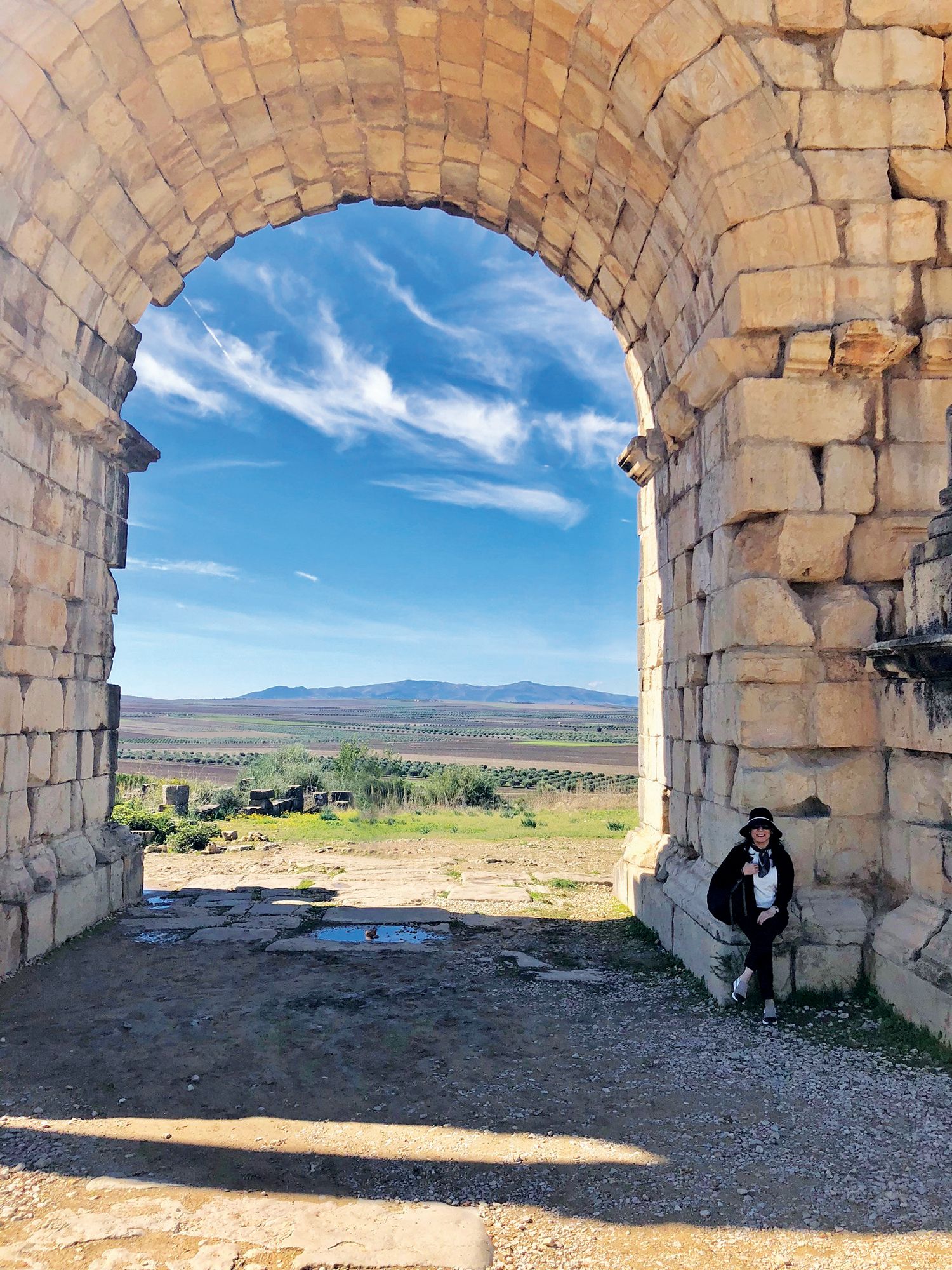Though one of the most enduring images of Morocco is the black-and-white heartache depicted in the film "Casablanca", we managed to kick our trip off in the most colourful way.
My first memorable taste of this North African country was of the tartly sweet pomegranates from a roadside vendor. Theywere the largest I had everseen, with each mouthful of its ruby-red seeds bursting with flavour. Those bites revealed a bit of Morocco’s character, where even on a dusty dirt road in Fez, one can discover something as precious as a jewel.

There was something about this country that summoned you to step outside and come face-to-face with all of its vibrancy. This began with the beautifully tiled courtyard of the Hotel Palais Faraj, where my family and I were billeted for the next couple of nights. Of course, our local guide Khalida, a force of nature, was never going let us stay behind hotel walls. On that first day, we were immediately shoved toward the sights, sounds, and smells of Morocco through Fez’s historic medina. A UNESCO World Heritage Site devoid of cars, the medina confronted our senses through its central souk, filled with narrow streets lined with stalls. It was hard to look away from the mishmash of artisan crafts, spices, and exotic ingredients. There were paper-thin flatbreads steamed on cast-iron cylinders; gigantic snails crawling out of tall baskets and glasses of piping-hot mint tea crammed with leaves. The produce on offer grew more and more provocative as we rode the flood of people through the market’s maze, the most outrageous of which was a large camel head hanging by a hook.
















